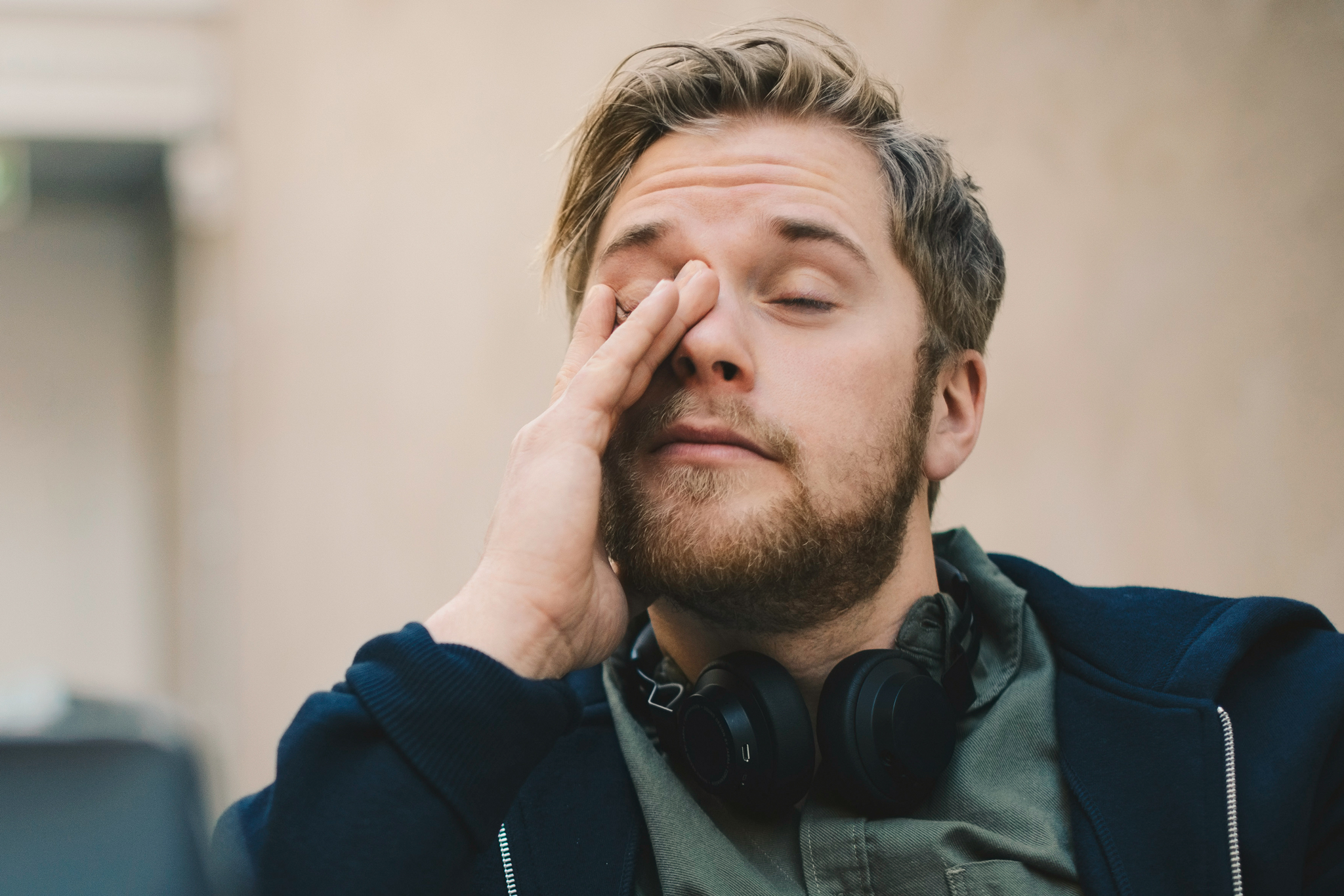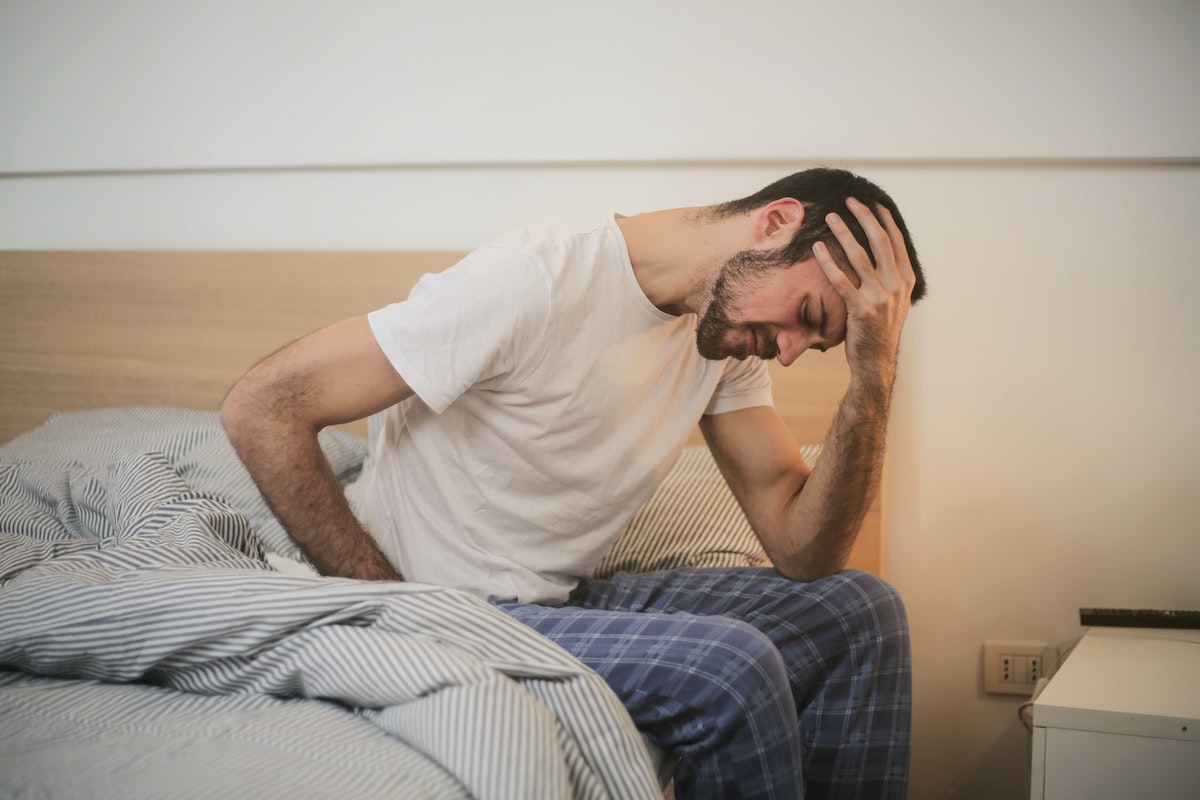People have different ways of trying to soothe a hangover, whether it’s cocooning yourself under the covers, chowing down on a big breakfast, or drinking plenty of water and electrolytes. When those vibrant nights out turn into a rough morning, most people are looking for solutions to diminish that pulsing headache, exhaustion, muscle aches, and other symptoms. Researchers assessed whether regular exercise, particularly vigorous activities like running, could simmer down these uncomfortable symptoms. Let’s take a look at this recent study.
The study methods

In this study published in the journal Addictive Behaviors, the researchers set out to explore how physical activity affected the hangovers of 1,676 undergraduate students. The participants performed at least 30 minutes of moderate exercise every week. They answered questions about their physical activity, drinking habits, and hangover symptoms.
The symptoms of a hangover include:
- Thirst
- Muscle weakness
- Fatigue
- Dry mouth
- Poor sleep
- Dizziness
- Light and sound sensitivity
- Nausea and vomiting
- Stomach pain
- Rapid heartbeat
- Anxiety
- Irritability
The study results

The researchers concluded that those who exercised more vigorously had less severe hangover symptoms. The study established a correlation between regular physical activity, and fewer or less severe hangover symptoms. There are plenty of reasons why performing regular exercise could help you recover more quickly from drinking.
Exercise boosts metabolism

Performing regular exercise boosts your metabolism, which allows your body to process the alcohol more efficiently. You’ll also improve your blood circulation, which assists your body in flushing out the toxic byproduct of alcohol called acetaldehyde. Acetaldehyde plays a role with those dreaded hangover symptoms.
The takeaway

Keep in mind, you could aggravate your symptoms if you exercise while you’re still hungover. When you’re hungover, your body is dehydrated and working to recover and flush out the acetaldehyde, so working out could worsen your discomfort. If you want to get moving during a hangover, opt for lighter activities instead, such as yoga, walking, or low-intensity swimming.
Exercise isn’t a cure-all for a hangover, and drinking in moderation or not at all is the recommended way to avoid or limit those rough mornings. That being said, regular exercise throughout the week helps with hangover symptoms by enhancing your metabolism, improving sleep, and lowering inflammation. This is just another reason to go on regular runs and stay physically active.




